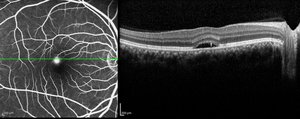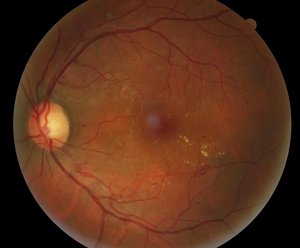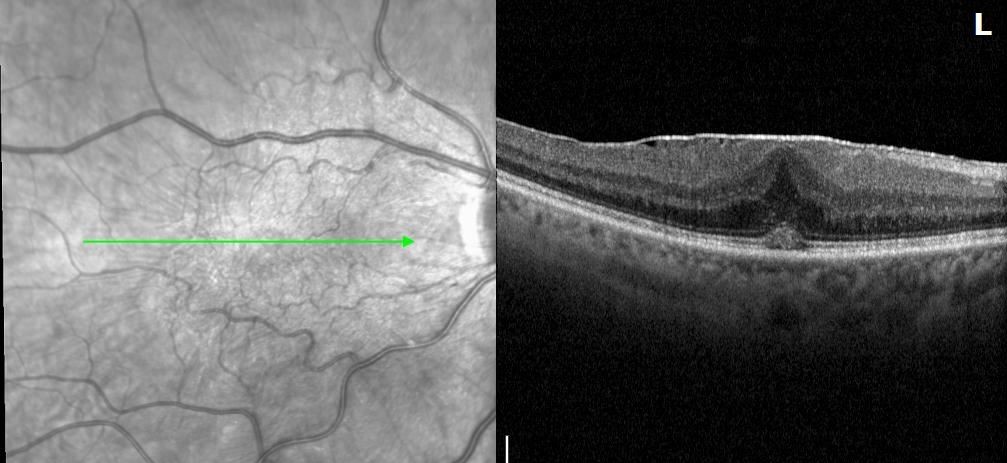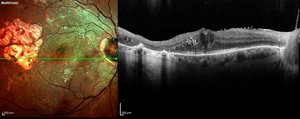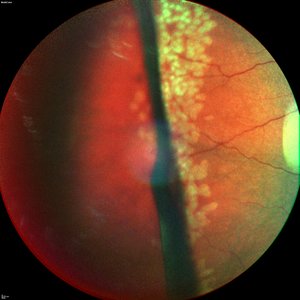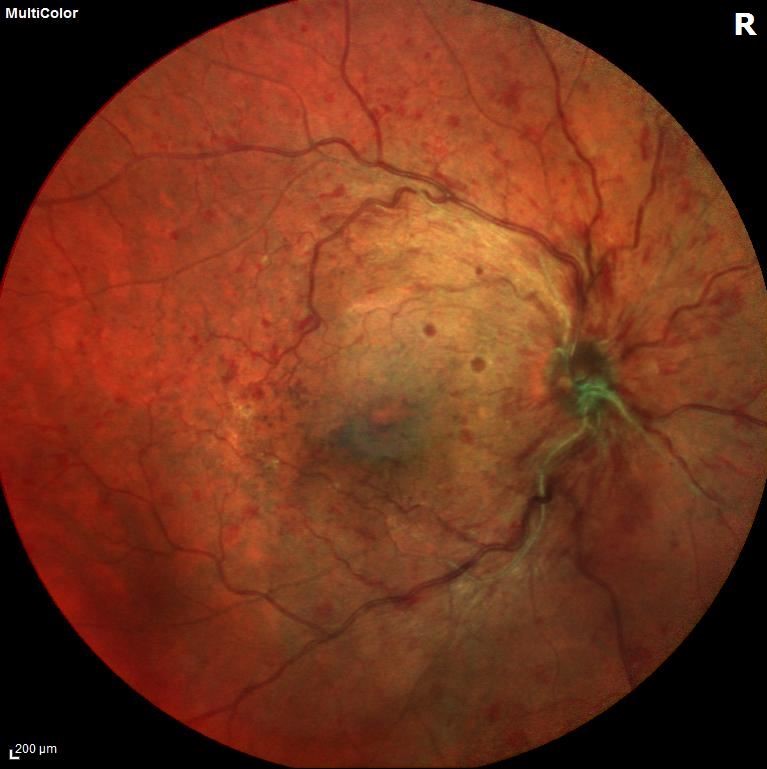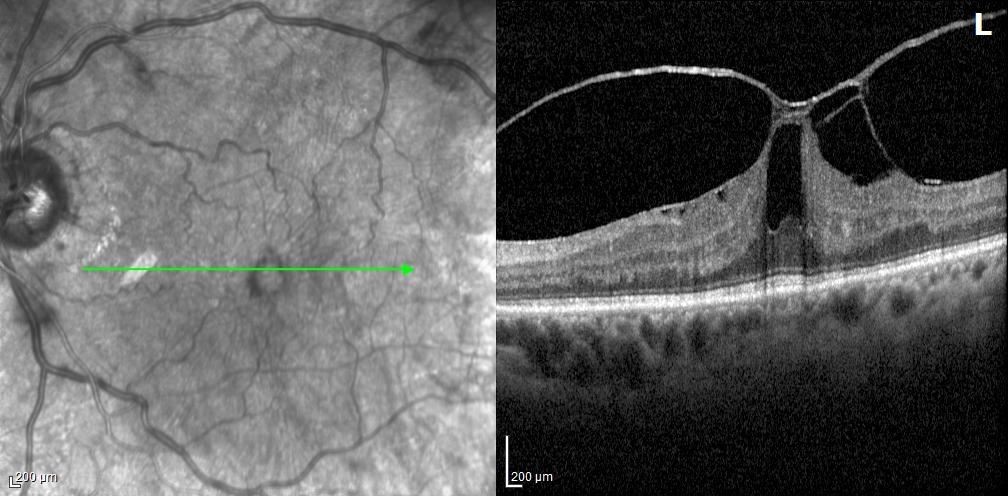
- Home
- About Us
- Dr. Ezon
- Services
-
Conditions
- Central Retina Artery Occlusion
- Central Serous Retinopathy
- Diabetic Retinopathy
- Epiretinal Membrane
- Floaters
- Intraocular Lens Dislocation
- Lattice Retinal Degeneration
- Macular Degeneration
- Macular Hole
- Posterior Vitreous Detachment
- Retinal Detachment
- Retained Lens / CE complcations
- Retina Tear
- Retinal Vein Occlusions
- Vitreomacular Traction
- Symptoms
- Surgery


